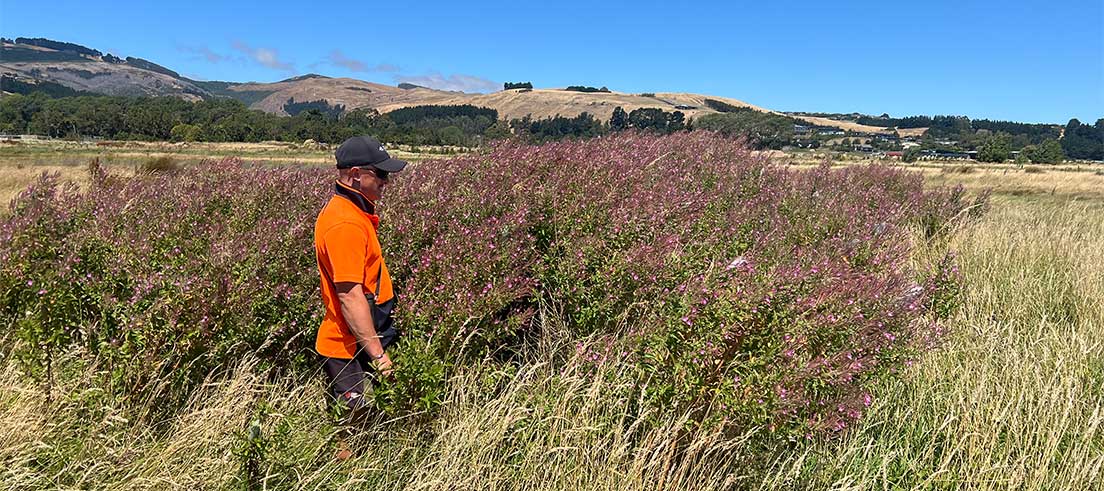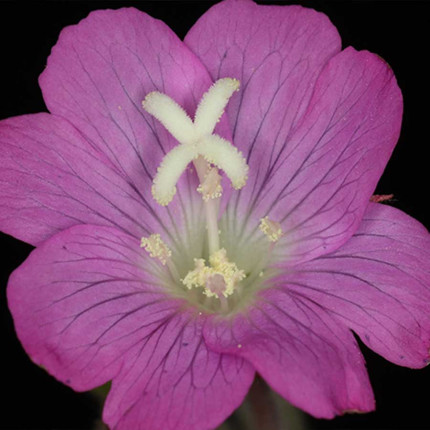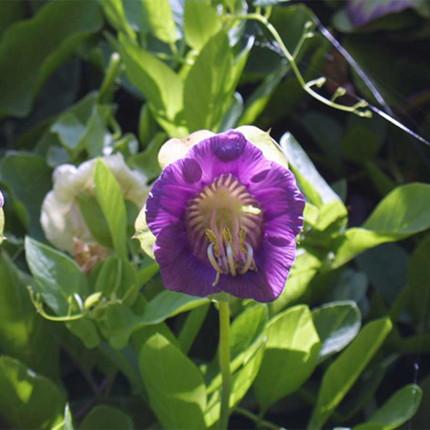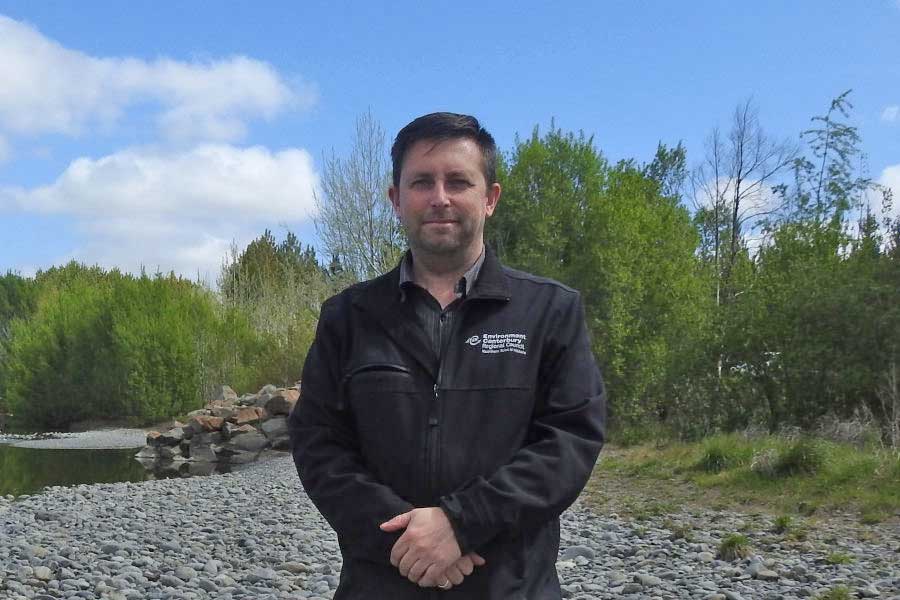
A Minute with Marco - April
Marco offers tips on soil conservation and puts the spotlight on two plant pests to keep an eye out for.
Kia ora, welcome to autumn!
The falling temperatures have certainly come around quickly, with summer starting to feel like a distant memory.
Celebrating seaweek
Prior to packing away the togs, it was great to see many of you celebrating our beautiful coastline during Seaweek 2024.
It was held over the first week of March as a way of showcasing the importance of our marine environments. Local events included a Seaweek quiz night, Lyell Creek and beach clean-up and the Kaikōura blue fish treasure hunt.
The Kaikōura Water Zone Committee did a great job of promoting the week – ka pai to all involved!
A shout out to zone facilitator Jodie Hoggard for her part in the Stormwater Superheroes sessions run with St Joseph and suburban schools.
It was great to see the kids engaged and the teachers supporting this initiative.
Protecting your soil
With thoughts now turning to the cooler seasons, I wanted to broach the subject of soil conservation. For farmers, and owners of larger lifestyle blocks, now is a good time to firm up winter grazing plans and ensure sediment and nutrient loss will be kept to a minimum.
Soil is the ‘engine room’ of a farm, so taking steps to protect it makes sense for both productive and environmental reasons.
Ways to minimise losses from critical source areas include:
- sowing crops for grazing across slopes rather than up and down hills to reduce run-off
- grazing lower lying areas and areas closest to waterways last
- where possible, shift deer to dry, sheltered areas before wet weather arrives
- monitor deer regularly on self-feed silage pits to ensure all animals retain the required body condition score.
Keep in mind that our regional rules around sediment loss and run-off will still apply, regardless of any uncertainty in the Central Government space, so it’s important to identify your potential critical source areas early and have a management plan to reduce sediment entering waterways.
For more information on Good Management Practices, visit the Farmers’ Hub or contact the Soil Conservation and Revegetation (SCAR) team at soilconservation@ecan.govt.nz.
Spotlight on pest plants
Did you know there’s an aggressive, hairy invader posing a biodiversity threat to our wonderful region?

Great willowherb
Great willowherb was first discovered in New Zealand in Canterbury in 2018, which led to a Ministry of Primary Industries (MPI) incursion response.
We took over operational responsibility for the plant in 2023. There are now more than 100 confirmed sites from Te Waihora/Lake Ellesmere in the south, to Mouse Point near Hanmer in the north. There are no known sites outside of Canterbury.
Great willowherb has pretty pink flowers with a white centre. It grows to two metres tall and outcompetes native species in wetlands and waterways.
It can be spread through contamination of machinery, vehicles, gravel, soil, clothing and footwear.
If you have seen or suspect the presence of this pest you must report the sighting to us.

Cathedral bells
Cathedral bells is another innocuous-looking plant to keep on your radar. This pest appears as a woody vine with purple flowers, distinctive oblong seed pods, and smothers native vegetation. Its habitats include riparian margins, forests and scrub.
Cathedral bells found outside site-led areas designated under the Canterbury Regional Pest Management Plan 2018–2038 are a land occupier's responsibility and should be managed via a community-led approach.
Help us build a bigger picture of cathedral bell numbers by reporting sightings.
Being aware of such invaders, and knowing what they look like, is a simple way to help protect our precious biodiversity.
For more information on pesky plants and other pests, check out the ‘Pest management’ section of our website.
Til next time,
Marco

